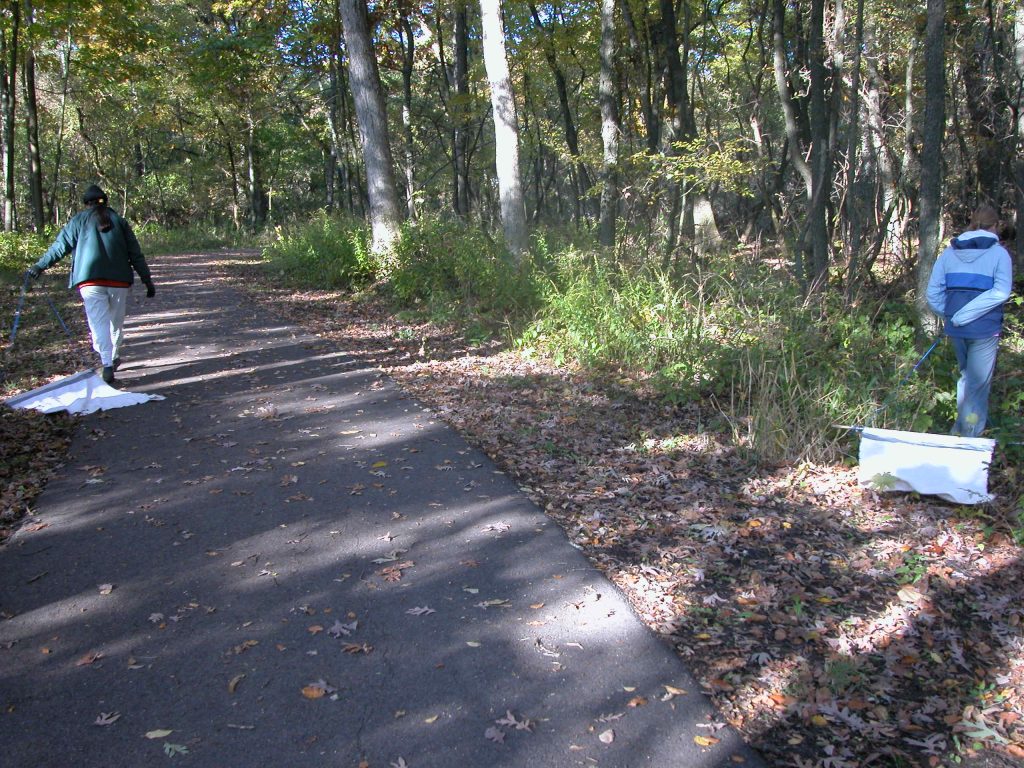Lyme borreliosis, the most common vector-borne disease of humans in the U.S., is caused by the spirochete Borrelia burgdorferi (sensu stricto strains in the U.S.) and is transmitted by the deer tick (Ixodes scapularis) in the Midwest. If left untreated, Lyme disease can affect the skin, musculoskeletal, cardiac, and central nervous systems, ultimately leading to long-term severe joint pain and neurological damage.
The main goal of this project is to assess ecological and spatial determinants of variation in deer tick (Ixodes scapularis) distribution, abundance, and habitat use in several regions of Illinois. Comprehending these determinants of deer tick distribution in Illinois will help us understand how and why ticks are emerging in new areas and predict where they may continue to spread within the state.
Tick collection methods include dragging surveys, small mammal trapping, and voluntary submission of ticks to our lab. Drag surveys utilize standard ‘tick drags’ pulled across the leaf litter and understory of a site for a given period of time. Using this method in natural areas of northeast Illinois allows us to determine spatial and temporal distribution of deer ticks (Ixodes scapularis) in the area.

The ongoing small mammal project begun at Allerton Park, Piatt County, in 2005 focuses on small mammals as sentinels of Lyme disease. Small mammals, mainly the white-footed mouse (Peromyscus leucopus), are live-trapped in four habitats of Allerton to determine in what capacity habitat influences small mammal abundance as well as tick prevalence and density.
Ticks from other areas of the state are also submitted to our lab by researchers, volunteers, outdoor workers, etc. for identification. This voluntary submission program allows us to record tick distribution and abundance in areas of Illinois not covered by our current projects’ specific focus.
Publications
Rydzweski J, Mateus-Pinilla N, Warner RE, Hamer S, Weng H. 2011. Ixodes scapularis and Borrelia burgdorferiamong diverse habitats within a natural area in east-cental Illinois. Vector-borne and Zoonotic Diseases. 11(10) :1351-1358
Rydzewski J, Mateus-Pinilla NE, Warner RE, Nelson JA, Velat TC. 2012. Ixodes scapularis (Acari: Ixodidae) distribution surveys in the Chicago metropolitan region. Journal of Medical Entomology. 49(4):955-9
